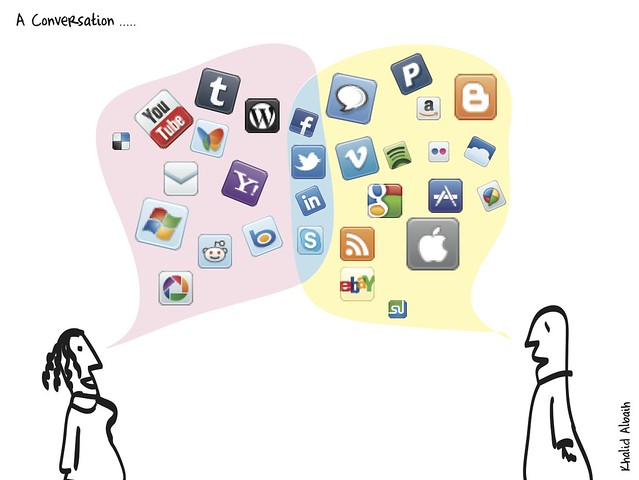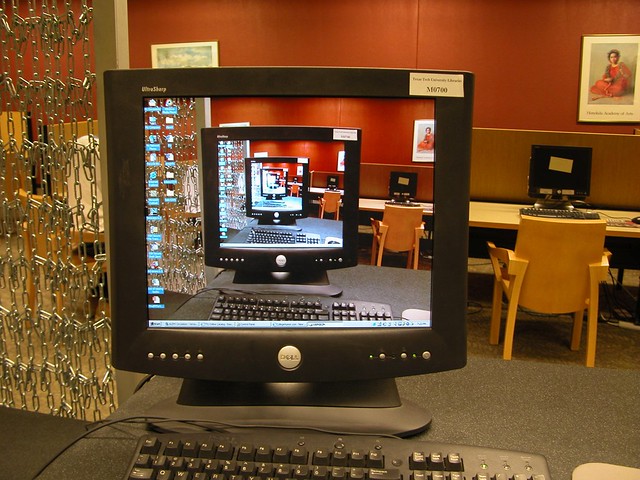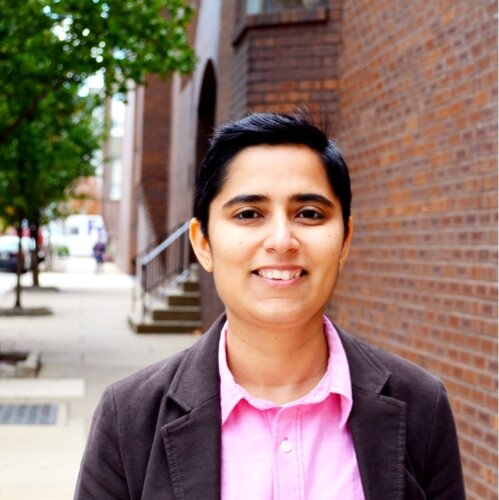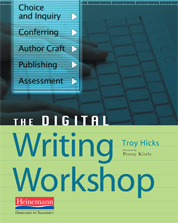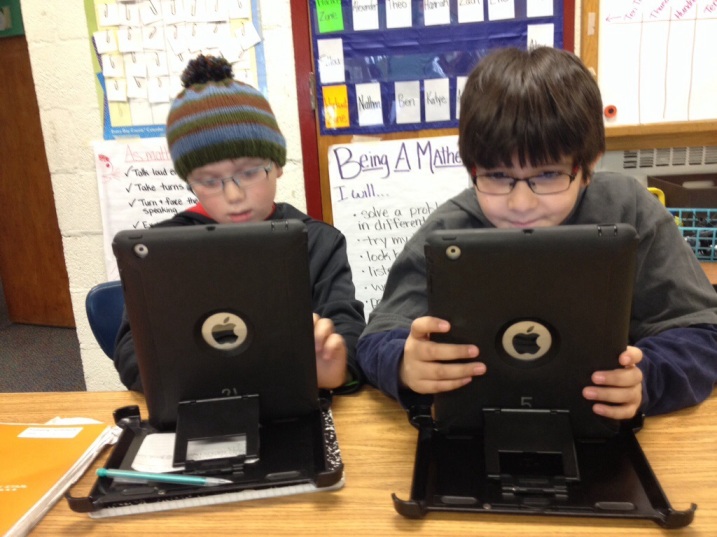Writing about myself is always a challenge (evidenced by the fact that I instinctively wrote “oneself” at the beginning of this sentence, then went back to revise it).
Here on my blog — as well as in my books and articles, and throughout the many workshops and presentations that I lead — I constantly reference the work of others, usually classroom teachers, in my efforts to both raise their voices and, in some type of Midwestern modesty, push my own abilities to the side.
This week has reaffirmed the work that I do, as well as the approach that I take when leading professional development sessions. For three days, I had the good fortune of working with my friend and colleague Amber White, and we have designed a project that invited teachers to apply to a “teacher technology institute,” where they agreed to participate in three workshop days this June and one more in the fall and, in exchange, they receive their own personal iPad Air, well as a $100 gift card to the iTunes Store so they can purchase apps we are using in the institute. She applied to and was award funds from Literacy and Beyond & the Stebbins Family Fund as well as the Lapeer County Community Foundation to do this work. One of the reasons that Amber asked me to lead this session, I say humbly, is because she feels I have a certain style of presenting and working with teachers that will be highly effective in helping them implement their projects.
It was interesting when, in the midst of the workshop this week, one of the teachers pulled me aside and asked, “How many times have you led this presentation?”
Hesitating for a moment, I wasn’t quite sure how to answer. I’ve never led this particular workshop before, but I’ve led similar ones dozens of times. I always ebb and flow with my audience, asking them to try digital writing activities and, based on their response, allowing more or less time for the activity to continue. That’s my style. No two workshops the same. I was mulling all this over, and trying to think of a way to be humble in my reply. I began to answer, and he could sense my reticence.
“I mean,” he clarified, “how long have you been doing this type of workshop?”
“Oh, about 10 years or so.”
10 years. Indeed, it probably has been a bit longer if I count some of my first presentations while in the earliest parts of my career as a middle school teacher. Yet, as someone who has been a regular presenter and workshop leader now for just over a decade, I can clearly assert that my main goal is to stick closely to the core beliefs of the National Writing Project, which remind us that “teachers teaching teachers” remains the most powerful approach to professional development.
With that in mind, I can say that I have developed a few other principles that help me facilitate sessions with teachers. They seem simple. Maybe even cliche. But, they work for me, and (I dare say) those who are in the audience as I lead a session.
Listen as much — or more — than you talk.
Engage adult learners in meaningful tasks, relevant to their professional lives.
Model the process. Share the process. Help in the process. “To, with, and by,” to use the language of teachers who work with our youngest learners.
Provide opportunities to be creative, bounded with some manageable constraints.
Pause periodically to acknowledge the “pulse” of the room, especially when working with technology, and allow people to vent about frustrations and celebrate success.
“Oh, ok,” he replied, nodding his head, snapping me back to attention. I smiled and turned my focus back to the group.
I recount the first part of the story because it was a moment that made me, quite literally, stop and think about what I do as a teacher and teacher educator. Something I need to do more often, and I appreciate the question that he asked.
The second part of the story takes place later in the evening, as Amber and I were reflecting on the day. She also was answering many text messages and emails from teachers who had attended the workshop, all of which were positive. Amber articulated a number of points: activities moved along briskly, but not too fast; modeling of the many tech processes helped people learn the tools; and we stayed focused on the bigger picture of helping students use technology in critical and creative ways.
Minus some minor technical difficulties on the second day, our colleagues — in three days — were able to create and share wiki pages, Google Docs, podcasts, short digital movies, an Ignite-style presentation, and a Twitter conversation. They also honed a proposal for an inquiry-based, technology-rich collaborative unit plan. Guided by a number of protocols from the National School Reform Faculty, we also offered feedback to one another in pairs, small groups, and as an entire cohort.
And, if I may say it, we had fun.
Amber, her colleagues in North Branch, and our experience together — though not an official event related to either of our writing projects — was imbued with the spirit of NWP. As I write this post, I thank Amber for the opportunity to be part of the work this week, and I encourage you to read the 40for40 blog that NWP is producing this summer.
As I quipped at one point in the week, “My brain is full, my heart is full, and my stomach is full.” Classic NWP pedagogy, and what I hope happens for so many other teachers in their work together this summer. I look forward to returning to North Branch this fall, working with colleagues as they implement their project ideas.

This work is licensed under a Creative Commons Attribution-NonCommercial-ShareAlike 4.0 International License.
Like this:
Like Loading...
